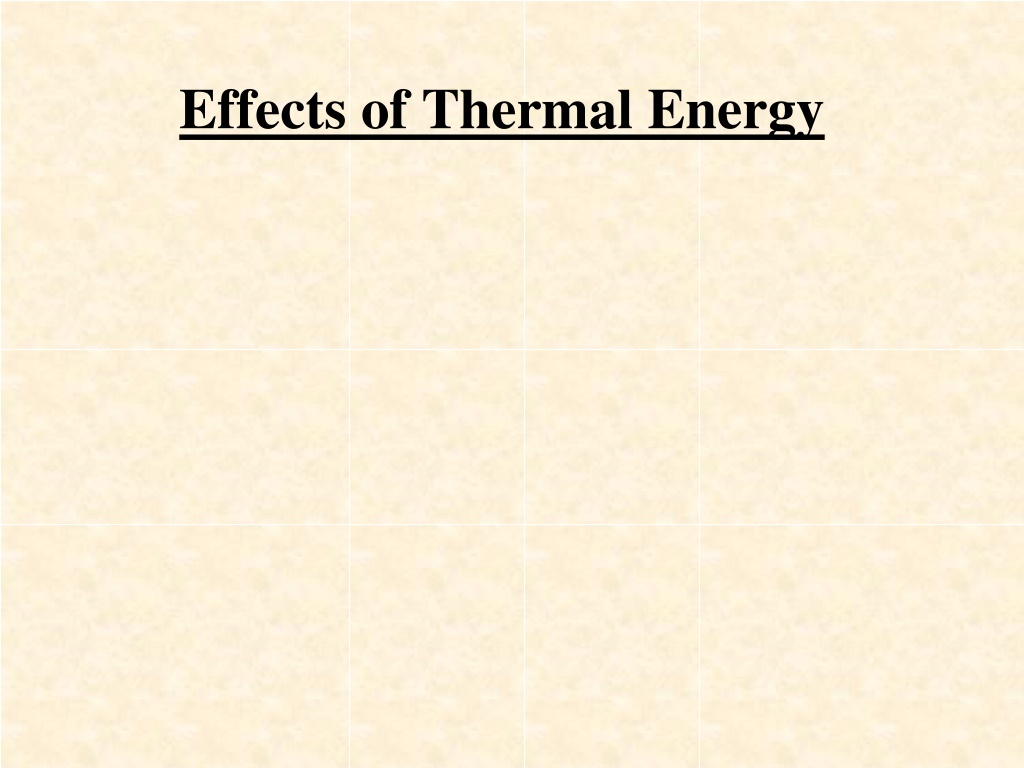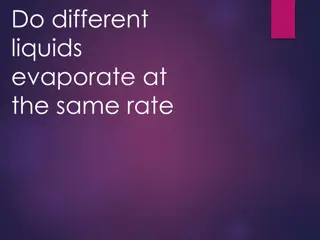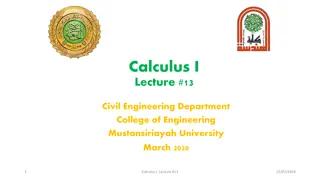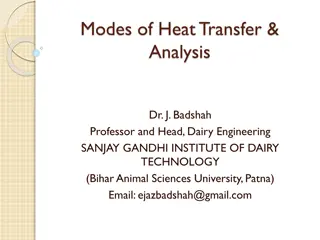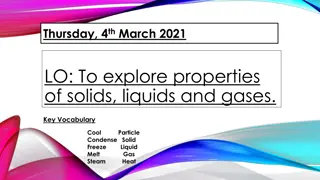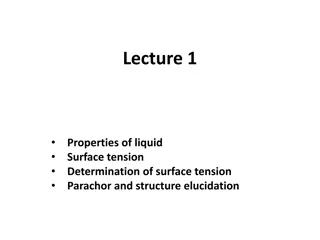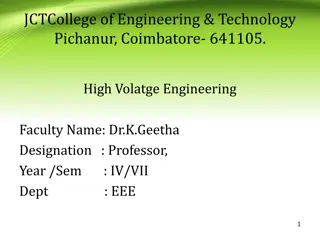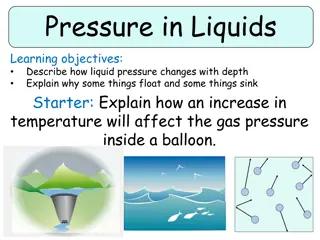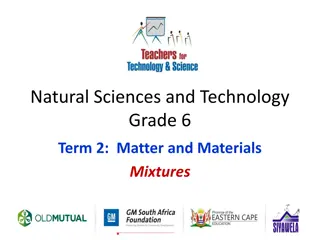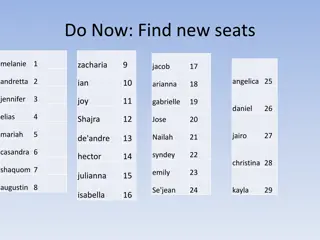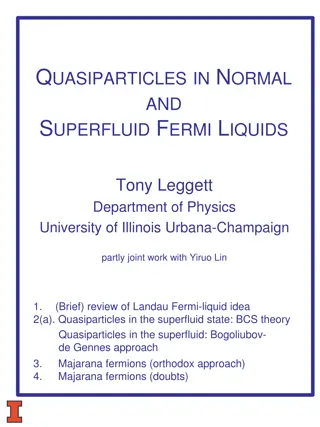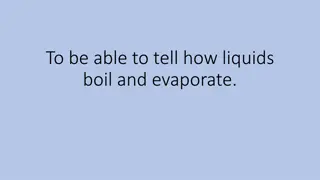Understanding Thermal Expansion in Solids and Liquids
Explore the effects of thermal energy on solids and liquids, learning how they expand when heated and contract when cooled. Discover the molecular explanation behind thermal expansion and observe real-world examples of expansion and contraction in everyday life. Gain insights into the unique expansion of water and the varying expansion rates of different materials.
Download Presentation

Please find below an Image/Link to download the presentation.
The content on the website is provided AS IS for your information and personal use only. It may not be sold, licensed, or shared on other websites without obtaining consent from the author. Download presentation by click this link. If you encounter any issues during the download, it is possible that the publisher has removed the file from their server.
E N D
Presentation Transcript
Learning Objectives At the end of this unit you should be able to : 1) infer that generally solids, liquids and gases expand when heated and contract when cooled. 2) describe some effects and application of expansion and contraction in everyday life riveting, gaps in bridges, pavement and MRT lines, overhead power and telephone lines, thermostats. 3) discuss the strange expansion of water.
Molecular Explanation of Thermal Expansion When the rod (say an iron rod) is heated, the vibration of the molecules increases and their displacement, or amplitude, also increases. As the amplitude of vibration increases, the average distance between molecules of the rod becomes larger and this accounts for its expansion in length.
Expansion of Solids A solid expands when heated, contracts when its temperature decreases. Ball and Ring Before heating the ball (continue on next slide) After heating the ball
Expansion of Solids Bar and Gauge The bar will just fit into the gap when both the bar and gauge are cold. Heat the bar with Bunsen burner. Does it fit the gap now ? What happens when it cools down ?
Expansion of Solids Bar Breaker The steel bar is heated with Bunsen burner and then the portion with screw thread is tighten by a nut. What happen when to the cast-iron rod when the bar cools down ? What conclusions you may make from this experiment ?
Expansion of various Solids Different materials expands by different amount when heated through the same increase in temperature. Materials Increase in length (mm) per m aluminium 0.25 brass 0.19 iron 0.12 steel 0.11 glass 0.09 invar 0.01
Expansion of Liquids (a) (b) (c) Fig. (a) shows a glass flask filled with coloured water. Fig. (b) the water level is seen to fall for first few seconds when heated. (Why ?) Fig. (c) later, water level rises quickly. (Why ?)
Forces of expansion and contraction From the experiment given by Bar Breaker, we may conclude that: Expansion and contraction produced a very large force.
Compensations for Thermal Expansion rail track gap oval hole for nut and bolt to slide along Railways tracks are laid in sections with gaps between them. (Why ?) The railways sections are held together by fish-plate and fastened by bolts and nuts through oval holes. (Why ?)
Compensations for Thermal Expansion Rollers and gap given at one end of the bridge is used to overcome the problem posed by contraction in cold weather and expansion in hot weather.
Compensations for thermal expansion Expansion Joint Pipelines carry very hot gases (such as steam), therefore need expansion joint (in ring form) to avoid damages given by expansion.
Compensations for thermal expansion Overhead power lines and telephone wires In summer and winter, the overhead power lines and telephone wires will expands and contracts due to the changing weather. How do you overcome this problem ?
Compensations for thermal expansion Concrete Pavement Concrete blocks for pavements and road surfaces are laid with gaps or joints between them. This allow it expands or contracts during hot or cold weather
Bimetallic Strip A bimetallic strips is made up of two strips of different metals. Brass and iron are common metals been used. Brass expands more than iron when hot, and contracts more too.
Bimetallic strip & its application Fire Alarm If the fire breaks out, the heat from the fire will cause the bimetallic strips to bend upwards and complete the circuit. The alarm bell then ring.
Application of Thermal Expansion Fig. (a) shows the tyre is too small when cold. Fig. (b) shows tyre has bigger diameter than wheel when heated. Fig. (c ) shows that tyre is firmly secured on the wheel. (Why ?) (a) Metal Tyre Fixing (c) (b)
Application of thermal expansion Hot riveting is a common method to fasten two metal plates firmly. How ? (c) (a) (b) Hot Riveting
The unusual behaviour of Water Most liquids expand when heated and contract when cooled. Water, however is an exception. Between 00 C to 40 C, water contracts when temperature increases while water expands when temperature decreases. Water has highest density and smallest volume at 40C
Graph of volume against temperature of water (continue on next slide)
During Winter Due to the unusual behaviour of water, at 4 Cduring Winter time, at, water at the surface of a pond will sinks (Why ?). Later, even the surface freezes, the fish inside the pond still alive. ( Why ? )
